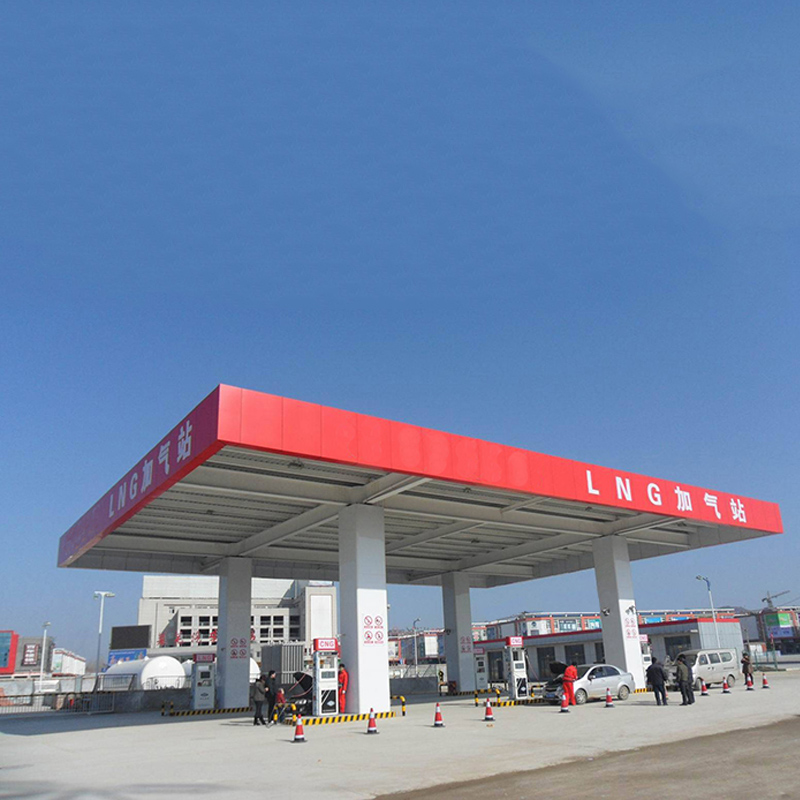
Dec . 02, 2024 03:10
Back to list
فاصل مرشح الغاز
Understanding Gas Filter Pressure Drop
In various industrial processes, particularly in the petrochemical and energy sectors, the efficient separation and filtration of gases is critical. One significant factor that impacts the performance of gas filtration systems is the pressure drop across the filter element. This article explores the concept of gas filter pressure drop, its causes, implications, and how it can be managed effectively in operational settings.
What is Gas Filter Pressure Drop?
Gas filter pressure drop refers to the loss of pressure that occurs as gas flows through a filter media. It is a crucial parameter to monitor in gas filtration systems because it can significantly influence the efficiency of the operation, the integrity of the filtration process, and the overall energy consumption of the system.
The pressure drop is primarily caused by the resistance encountered when gas passes through the filter. This resistance can arise from several factors, including the size and type of filter media, the flow velocity of the gas, the viscosity of the gas, and the presence of particulates or contaminants within the gas stream. In essence, a higher pressure drop typically indicates greater resistance, which can lead to reduced flow rates and increased energy consumption to maintain desired operational levels.
Causes of Pressure Drop
1. Filter Media Characteristics Different types of filter media have varying levels of porosity and thickness, impacting the flow of gas. High-efficiency filters may have smaller pores, resulting in higher resistance and thus a higher pressure drop.
2. Flow Velocity As the velocity of the gas increases, the kinetic energy imparted to the gas flow can exacerbate the pressure drop across the filter. This relationship is typically nonlinear; therefore, even small increases in flow rate can lead to significant increases in pressure drop.
.
4. Temperature and Viscosity The temperature of the gas can affect its viscosity, with higher temperatures generally leading to lower viscosity and, consequently, a lower pressure drop. Conversely, lower temperatures can increase viscosity, raising the resistance the gas encounters.
فاصل مرشح الغاز

Implications of High Pressure Drop
A high pressure drop can have several negative implications on the filtration process and overall system performance. First and foremost, it can lead to increased energy consumption, as additional power is required to maintain the desired flow rates through the filter. This not only elevates operational costs but can also reduce the lifespan of fans and blowers used in the system due to increased loading.
Moreover, excessive pressure drop can result in diminished filtration efficiency, as the filter may not capture contaminants effectively when overwhelmed. In severe cases, it can lead to filter bypass, where unfiltered gas escapes into the system. Additionally, processes may experience fluctuations in pressure and flow rates, impacting downstream operations and product quality.
Managing Pressure Drop
To effectively manage gas filter pressure drop, several strategies can be employed
1. Regular Maintenance Routine checks and maintenance ensure that filters are replaced or cleaned before pressure drop reaches unacceptable levels.
2. Optimal Filter Design Selecting the appropriate filter media based on the specific application and anticipated flow rates can help mitigate excessive pressure drop.
3. Monitoring Systems Implementing differential pressure gauges can provide real-time insights into the pressure drop across filters, enabling timely interventions.
4. Flow Balancing Adjusting the gas flow rates and ensuring a balanced distribution across multiple filters can reduce overall pressure drop.
In conclusion, understanding and managing gas filter pressure drop is essential for efficient industrial operations. By addressing the factors that contribute to pressure drop and implementing strategic management practices, industries can enhance their filtration processes, improve energy efficiency, and maintain product quality.
Latest news
-
Safety Valve Spring-Loaded Design Overpressure ProtectionNewsJul.25,2025
-
Precision Voltage Regulator AC5 Accuracy Grade PerformanceNewsJul.25,2025
-
Natural Gas Pressure Regulating Skid Industrial Pipeline ApplicationsNewsJul.25,2025
-
Natural Gas Filter Stainless Steel Mesh Element DesignNewsJul.25,2025
-
Gas Pressure Regulator Valve Direct-Acting Spring-Loaded DesignNewsJul.25,2025
-
Decompression Equipment Multi-Stage Heat Exchange System DesignNewsJul.25,2025

